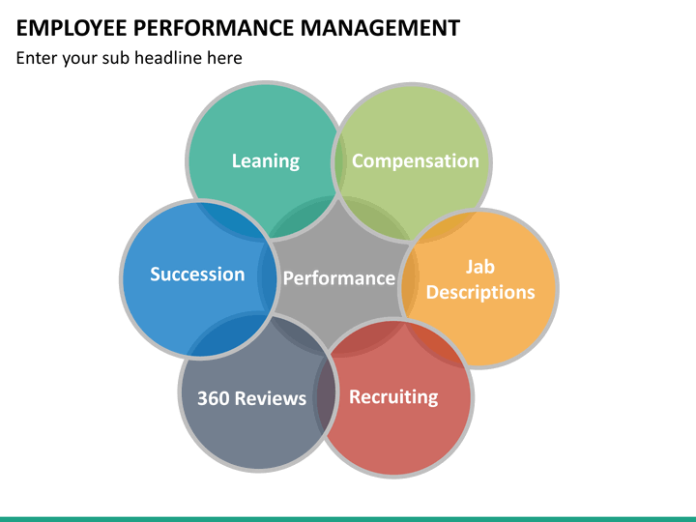There could be a different number of reasons that the ranking of employees in performance management could be going down. These factor are called capacity gaps. In HRM, we are always aspiring for reduced employee burn-out and increased employee experience and innovation. In this column, we are discussing such capacity gaps.
Fatigue: According to The Energy Project, Zogby Analytics, and The Energy Audit for Working America research, only 56% employees confess to being physically energized during work. Organizations around the world agree to be aware of what it costs them if employees are fatigued. The employee focus, performance, and creativity suffer a dilapidating blow.
As a solution to this intimidating problem, human resources professionals are resorting to workplace ergonomics, wellness programs, and compulsory breaks. From biophilia to ambient lighting conditions to gym to sound-proof cubicles to vacation management- corporations are doing everything to keep their employees out of the reach of fatigue symptoms.
Fear: It is one of the major capacity gap factors in dipping performance management scores of employees and a significant human resource management issue. According to PricewaterhouseCoopers research, 58% Chief Executive Officers (CEOs) are concerned majorly about mistrust and lack of cooperation and collaboration owning to trust issues. All these concerns stall the success and growth of organizations. Fear forces people to invest more value in their suggestions irrespective of the value-addition to the organizational growth and business profits.
Team building exercise, games, short-trips, and lunches are increasingly being leveraged by conglomerates and leaders in human resources development to overcome the issues of fear and mistrust.
Distraction: It is burgeoningly becoming the focal point of human resource management departments of even the biggest organizations the world over. And why not? According to The Energy Project, Zogby Analytics, and The Energy Audit for Working America research- 50% employees attend meetings unfocused. It turns even fruitful meetings (from employer’s perspective) into inefficient ones. Distraction reduces creative thinking and performance. It sends absorbed focus for a toss. With technological advancements, mobile and smartphones catch all our energies and attention leaving us drained for other tasks. We check our smartphones for 2600 times a day. It’s not shocking then, how it is distracting us from important tasks.
Banning mobiles isn’t a solution in the age of Bring Your Own Device (BYOD). Appropriate engagement initiatives and learning and training programs could solve this issue.
Disengagement: According to The Energy Project, Zogby Analytics, and The Energy Audit for Working America research, only 34% employees seriously feel a strong connection to the mission-critical of their organizations. The result? Low energy, lack of commitment, high attrition rates and turnover rates, inattention to details, and many others which can be quite detrimental to employees’ performance and is ranking high as an issue for human resource management professionals.
To keep disengagement at bay, involve people to give solutions and own their projects. Being master of their own brainchild will push employees to perform better and better. Appreciate employees often and celebrate their small successes.























































